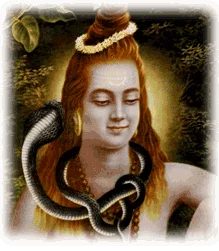Why to Become Free from Hatred
Until we are freed from negativity–consciously and subconsciously–negativity will occur in our life. That is the fact. Buddha says: “This is the eternal law.” Until we become incapable of evil our lives will be riddled with evil.
What Is an “Aryan”?–A Hindu View
Arya comes from the root word ri, which means “to rise upward.” A legitimate translation is: “one who strives upward.” So important was arya in the vocabulary of the ancient Indian sages that India itself was known as Aryavarta, the Land of the Aryas.
Raga and Dwesha: Key Concepts in Yoga You Should Know
Two of the most important words in analyzing the dilemma of the human condition are Raga and Dwesha–the powerful duo that motivate virtually all human endeavor. Buddha, in common with all philosophers of India, continually refers to them, so an understanding of their import is essential to us.
Who Is the Worthy Person?
The following verse from the Dhammapada relates to any who claim to be spiritual and even teach others, not just monastics. “The man who wears the yellow-dyed robe but is not free from stains himself, without self-restraint and integrity, is unworthy of the robe. But … Continue reading
Buddha and Practical Spiritual Life
The purpose of life is to attain enlightenment, but people would much rather like to discuss or argue about abstract metaphysics which leaves their egos intact and even may increase their size! Buddha refused to engage in any teaching or discussion on subjects that did not relate to practical spiritual life.
Rainproofing Our Mind
In the last century (!) millions of people listened to a vinyl Beatle croon: I’m fixing a hole where the rain gets in, And stop my mind from wandering.… I’m filling the cracks that ran through the door And keep my mind from wandering.… As … Continue reading







